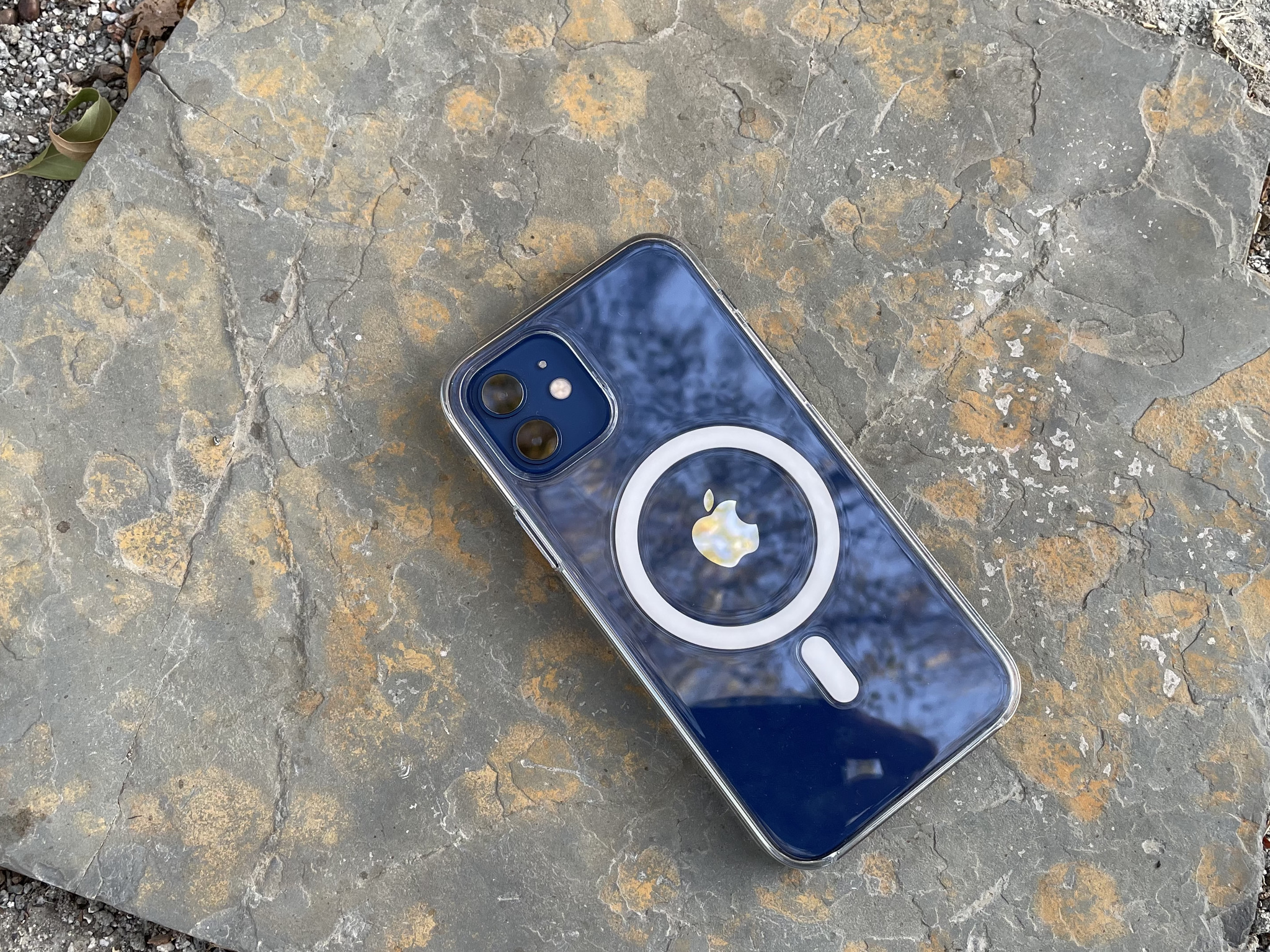A new study says Apple's iPhone 12 and MagSafe can break pacemakers

What you need to know
- A new study reports that those wearing pacemakers might experience deactivations thanks to the magnets used in iPhone 12 and MagSafe accessories.
Apple's launch of the iPhone 12 lineup and associated MagSafe accessories definitely changed the way we charge our iPhones, not to mention attach accessories. But despite Apple's claim that the magnets involved don't pose any more risk to pacemakers than other iPhones, one study suggests that might not be the case.
According to a report by the Heart Rhythm Journal and MacMagazine, there's a possibility that holding an iPhone 12 near a Medtronic device could be enough to deactivate it.
The issue is, of course, the magnets built into the iPhone 12 models. But as multiple people have pointed out, anything with a magnet in it has the potential to cause issues when placed too close to a pacemaker. Including other iPhones, although as mentioned, Apple doesn't expect any more issues with its MagSafe implementation than any other iPhone.
iPhone contains magnets as well as components and radios that emit electromagnetic fields. These magnets and electromagnetic fields may interfere with medical devices, such as pacemakers and defibrillators.Though all iPhone 12 models contain more magnets than prior iPhone models, they're not expected to pose a greater risk of magnetic interference to medical devices than prior iPhone models.
As 9to5Mac and Medical Xpress note, this might be a non-issue eventually anyway. Assuming pacemaker companies get their act together and move away from technology that can be so easily hampered by magnetic interference.
Unless companies like Medtronic get on board and move to smarter device configuration options, they will continue to butt heads with consumer devices—and they will continue to lose. Smarter options don't have to be expensive; just look at your cheap IR TV remote or ultrasonic receiver-emitter pair. These devices simply work. They use an uncomplicated code to make sure there is no interference from all the other ambient sources that are invariably present. A couple of secure ultrasonic bits superimposed on your basic 40 khz carrier waves is all that is really needed. It is likely that companies like Medtronic are working on solutions like this; for example, a Medtronic programming head of some sort can be had on Ebay at the moment for a mere $34.99.
iMore offers spot-on advice and guidance from our team of experts, with decades of Apple device experience to lean on. Learn more with iMore!

Oliver Haslam has written about Apple and the wider technology business for more than a decade with bylines on How-To Geek, PC Mag, iDownloadBlog, and many more. He has also been published in print for Macworld, including cover stories. At iMore, Oliver is involved in daily news coverage and, not being short of opinions, has been known to 'explain' those thoughts in more detail, too.
Having grown up using PCs and spending far too much money on graphics card and flashy RAM, Oliver switched to the Mac with a G5 iMac and hasn't looked back. Since then he's seen the growth of the smartphone world, backed by iPhone, and new product categories come and go. Current expertise includes iOS, macOS, streaming services, and pretty much anything that has a battery or plugs into a wall. Oliver also covers mobile gaming for iMore, with Apple Arcade a particular focus. He's been gaming since the Atari 2600 days and still struggles to comprehend the fact he can play console quality titles on his pocket computer.
